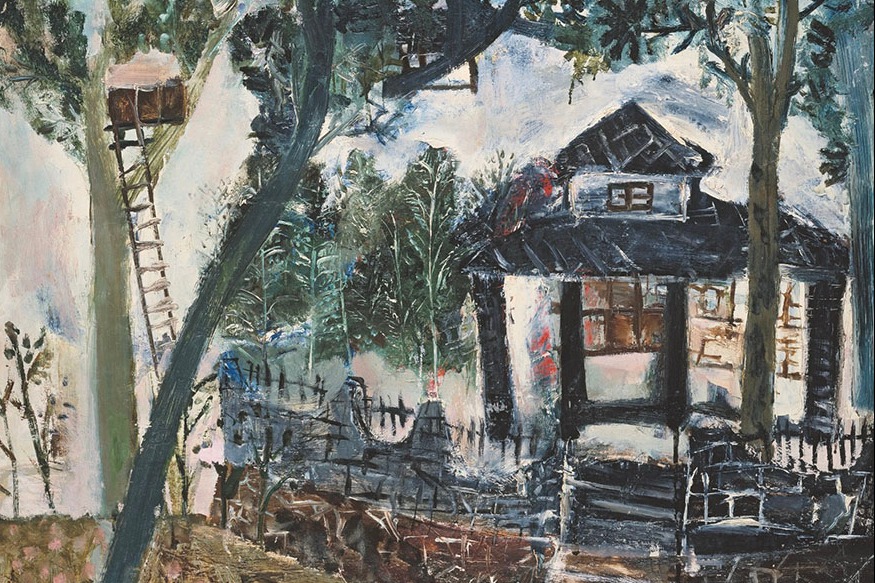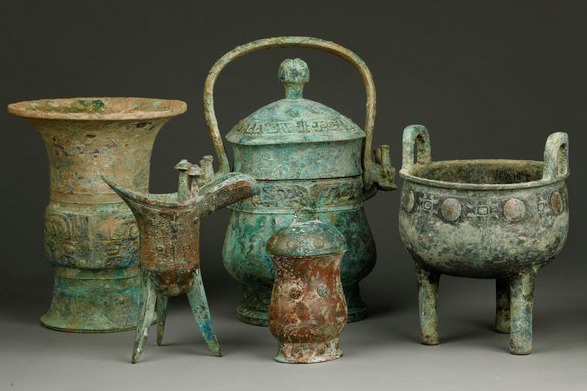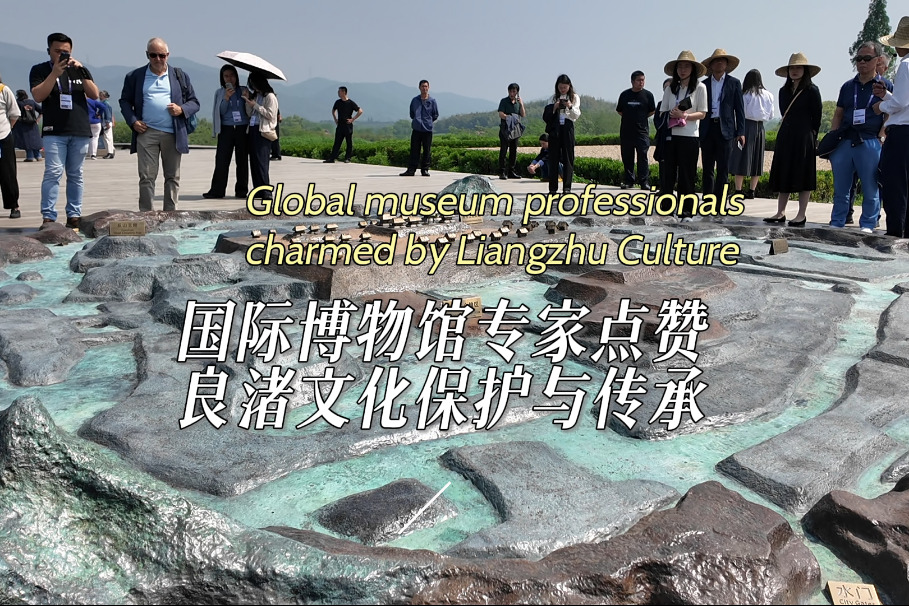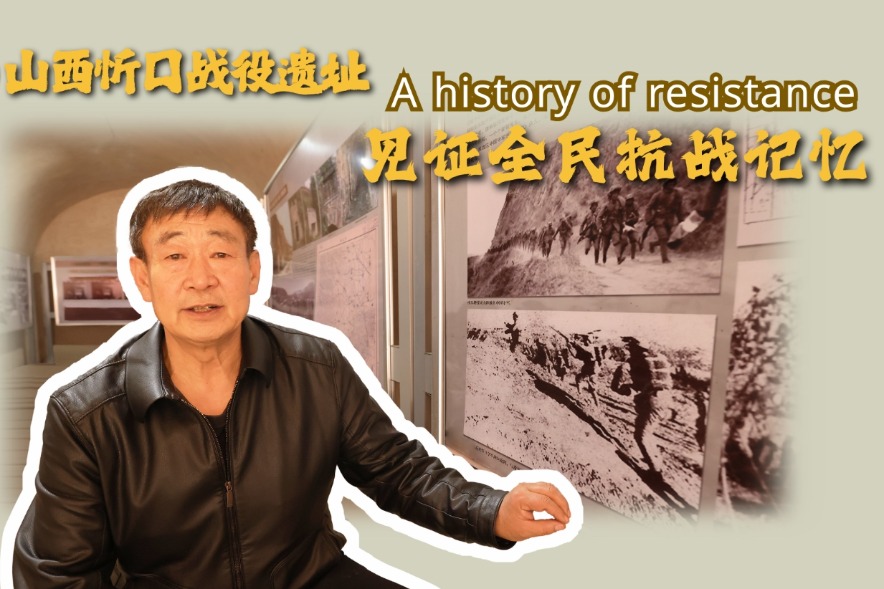Hook, line and sinker
When action director Dante Lam fell for a movie idea about a Chinese rescue team, it took him a full five years to realize his dream on a truly epic scale, Xu Fan reports.


Originally constructed for James Cameron's epic Titanic, Baja Studios has some of the world's largest stages and filming tanks, and are famous for contributing to the cinematography of several water-dominated hit movies, including Michael Bay's Pearl Harbor and Peter Weir's Master and Commander: The Far Side of the World.
All the studio's tanks-the largest of which is 640,000 cubic meters and takes 54 hours to fill-were used during the shooting of The Rescue, which also saw the production team purchase and transport a retired Airbus 320 airliner from Las Vegas to Mexico.
"When I am determined to do something, I always use all my strength to pursue excellence. Once the scale and budget of the film was decided, I knew I had to provide the audience with a visual feast that they would surpass anything seen in previous Chinese productions," says Lam.
Unlike most of his peers who rely on CGI and indoor soundstages to digitally create disaster epics, Lam opted to shoot scenes on real-life sets to help the actors become immersed in their characters. He also demanded that the cast take part in rigorous training regimes to ensure they acted on screen just like the professionals do in real life.
This also earned the 54-year-old director the teasing nickname of "devil director" from Peng, who has worked with Lam on three previous occasions in Unbeatable, To the Fore, and Operation Mekong.





































